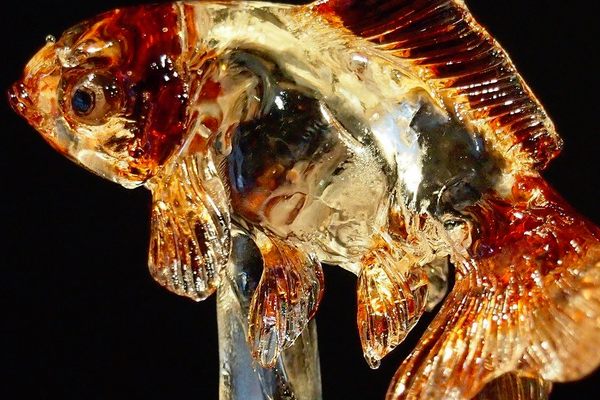Melcocha means “marshmallow,” but don’t let the translation fool you. This sweet treat is no airy sugar puff—it’s a thick, tooth-cracking candy that’s handmade all over Latin America.
Crafting melcocha is an arm-exhausting ritual. Traditional melcocheros begin their process with panela, a sweetener made from dehydrated sugarcane. Tasters liken the rustic sugar’s hint of molasses to the syrupy tang of a raisin, which distinguishes melcocha’s flavor from other taffies and toffees. Melcocheros create a malleable paste by boiling panela with a bit of butter—along with citrus juice, molasses, and other secret ingredients. Some might throw in dried fruit, citrus peel, or nuts.
Next, they hand-pull the warm, soft mixture by looping it repeatedly over a wooden peg, stretching the mass several feet back before wrapping it around again. This taxing maneuver releases air from the amber-brown paste, gradually hardening it into a creamy, pale confection. Once brittle enough to crack, melcocha is sold in twists, bricks, rounds, cylinders, and more.
Ecuadorians from Baños are particularly famous for their melcocha. In this small town, beneath the shadow of the Tungurahua volcano, melcocheros stretch gobs of the panela mixture along the streets. These local experts rely on recipes passed down by their mothers and grandmothers to produce unique versions of the ubiquitous treat.
Be warned: Cooled, hardened melcocha is extremely dense, and the snacker who absentmindedly rips into a solid wad could lose a canine. Conversely, any kid who can’t wait one more day for the tooth fairy may have just discovered their new secret weapon.
Where to Try It
-
Ruta de Las Cascadas
Baños, EcuadorVendors sell melcocha along this scenic road most traveled by adventure seekers.
Written By
 rachelrummel
rachelrummel


















